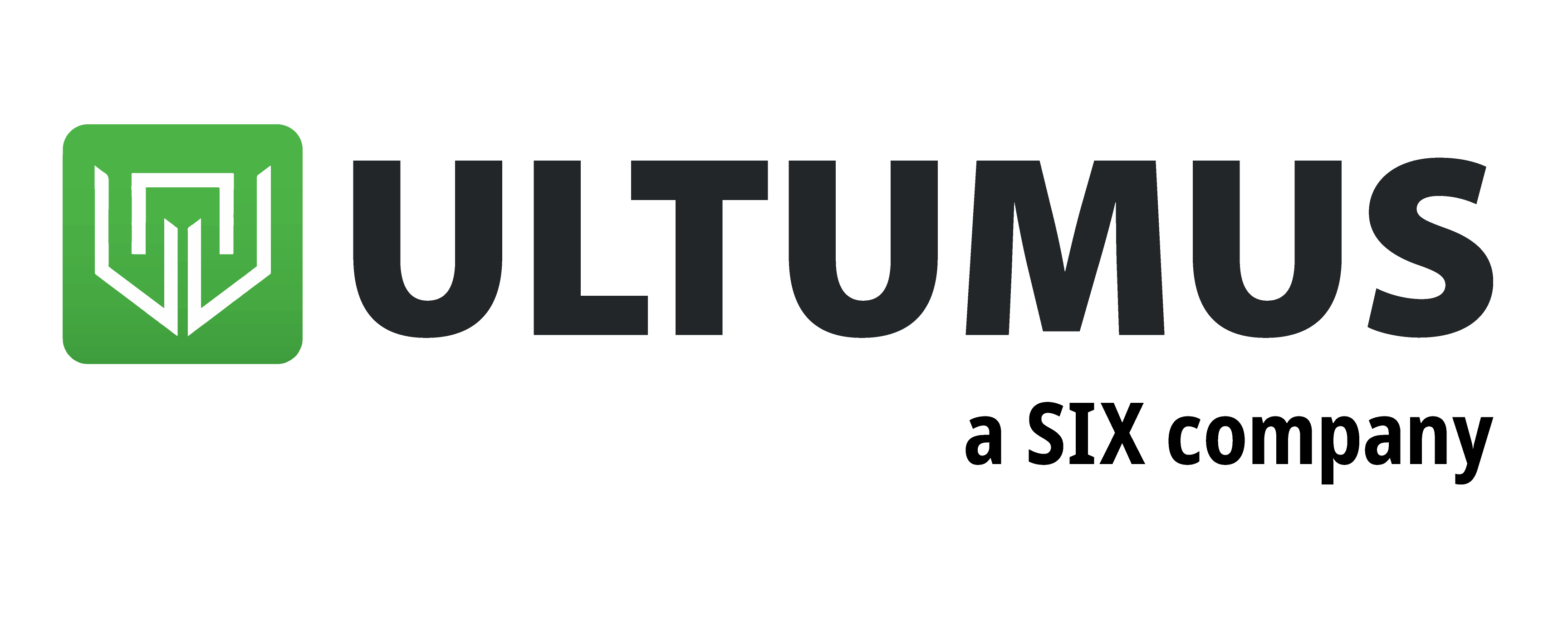Investors rotated out of safe haven assets such as gold and short duration ETFs last week, a sign of bullishness in the European marketplace.
According to data from Ultumus, the $14.4bn iShares Physical Gold ETC (IGLN) saw $348m outflows in the week to 21 August, the most across all European-listed ETFs.
There were a further $169m outflows from the $3.4bn Xtrackers Physical Gold EUR Hedged ETC (XAD1) while the $3.7bn Amundi Physical Gold ETC (GOLD) was also in the top 10 with $108m net outflows.
The outflows from gold ETCs continues from the week previous where XAD1, the Invesco Physical Gold ETC (SGLD) and SGLN all posted outflows, a sign investors could be taking profits after the precious metal hit the $2,000 an ounce mark at the beginning of August.
Along with outflows from gold ETCs, there were other signs investors were looking to put risk back on the table.
The $4.3bn iShares Edge MSCI World Minimum Volatility UCITS ETF (MVOL) and the $7.4bn iShares $ Treasury Bond 1-3yr UCITS ETF (IBTS) witnessed outflows of $296m and $136m, respectively.
Minimum volatility strategies have significantly underperformed year-to-date as markets bounced back strongly following the coronavirus turmoil.
According to data from Bloomberg, MVOL has returned -1.5% in 2020 versus 4.5% for the iShares MSCI World UCITS ETF (IWRD), as of 26 August.
Five ETFs to consider during coronavirus uncertainty
Norman Villamin, CIO, wealth management at Union Bancaire Privée (UBP), highlighted the strong rebound in activity in May and June with the end of lockdown as one reason why investor confidence has returned.
However, he cautioned the outlook could be hampered by a spike in infection rates and a prolonged delay in the Trump administration passing another round of support for the US economy.
“The fundamental backdrop, combined with the impressive rally in markets since the March low, lead us to both elevated upside and downside risk,” Villamin said.
“We suggest investors stay invested but use protection to cushion against tail risks that remain.”



